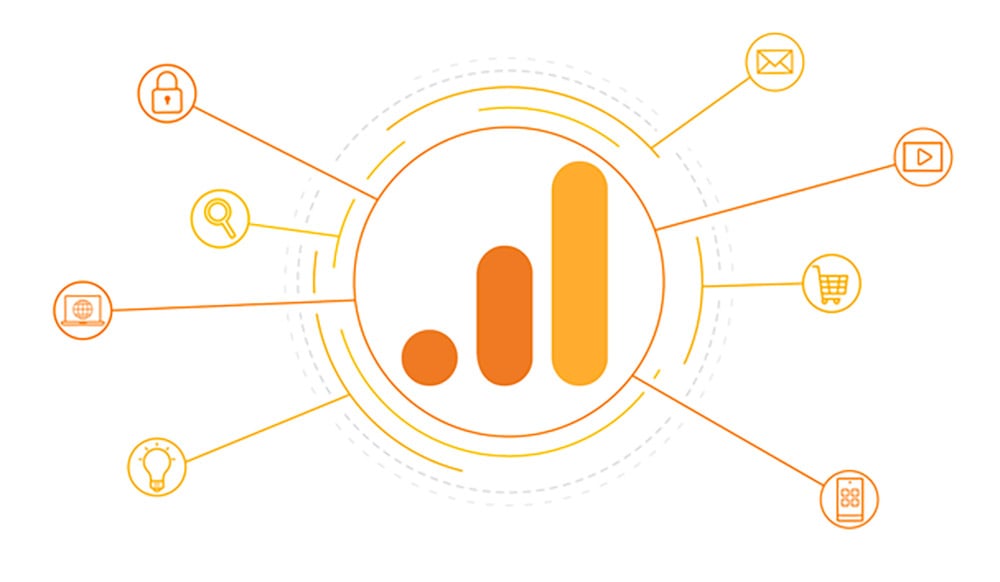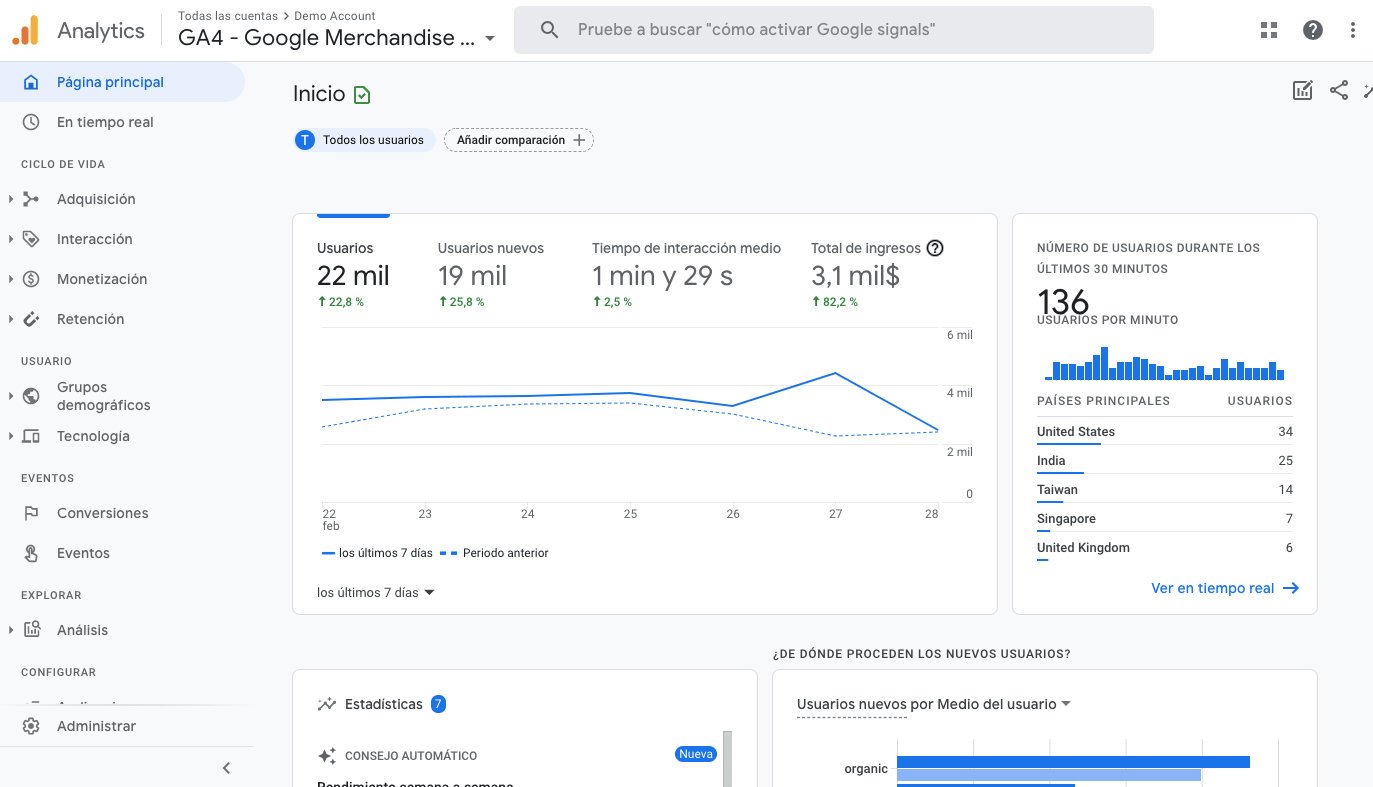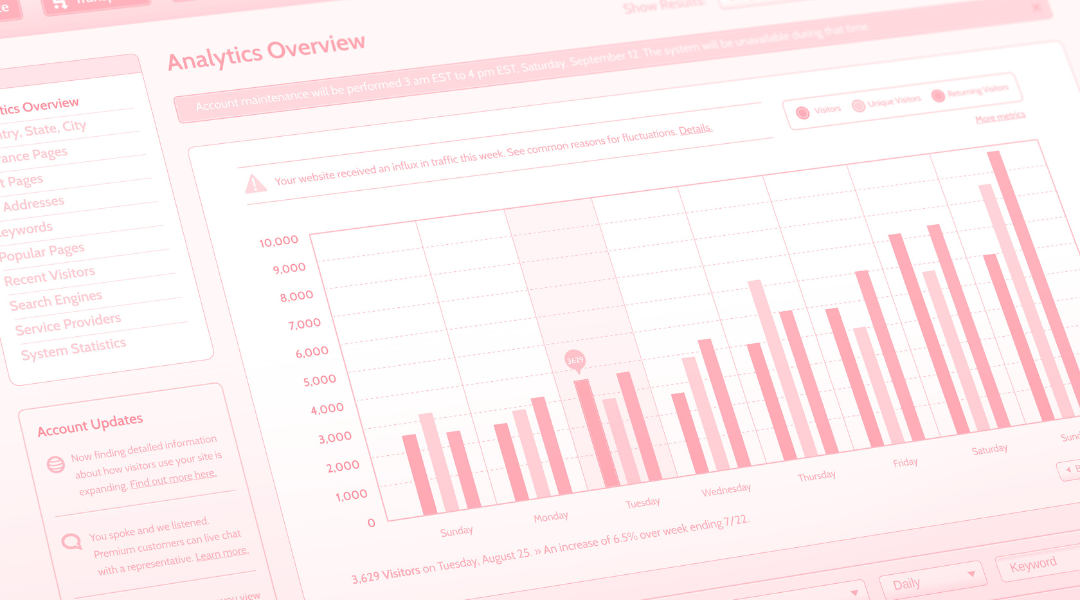Mastering data retention in GA4
Migrating from Universal Analytics to Google Analytics 4 (GA4) can be a transformative step for your data analytics. However, amidst the excitement...
Plan, activate and control media to hit targets with precision.
Turn data into smart decisions with advanced analytics and modeling.
Efficiency, governance and scale for agencies and teams.
![[Ebook] SEO + AI: eBook to Master AI Overviews and GEO](https://www.adsmurai.com/hubfs/MKT%20-%202025/WEB/Resources%20-%20Banners/HeaderEN_Ebook_SEO+AI.png)
[Ebook] SEO + AI: eBook to Master AI Overviews and GEO
Learn how to structure and distribute your content so generative models can understand it, trust it, and reuse it in their answers. A practical guide to compete and appear in AI Overviews and AI-powered assistants.
Discover more
Since its launch in 2005, Google Analytics has become the basic tool for any digital marketer to measure their digital marketing strategies. In order to develop an increasingly useful and effective platform, Google has set an end date for the current version (Universal Analytics - UA). As of July 1, 2023, this version will stop recording data and companies will be required to have implemented the new version of the tool: Google Analytics 4 (GA4).
TABLE OF CONTENTS
GA4 will be the new Business Intelligence tool in Google's suite. Starting in July, Universal Analytics (UA) will stop recording data and will only allow you to consult the data history up to 6 months after the final migration date. For this reason, migrating to Google Analytics 4 (GA4) is something you should do as soon as possible.

Here is a list of 3 reasons to switch from UA to GA4:
The data structure between the two versions of Google Analytics differs greatly, which means that the information is not inherited from one version to the other. In fact, this is the main difference between the two and it directly affects the data measurement model. So the moment you configure GA4 you will start building the new history.
Google Analytics 4 provides the user with a cross-channel view of all channels involved in the customer lifecycle. The tool itself uses this information together with predictive marketing techniques to provide more information and more efficient ways to act. In fact, GA4's new features are primarily designed to improve marketing decisions and achieve a better ROI.
GA4 integrates artificial intelligence technology to provide useful user information across all devices and platforms. In other words, you will be able to measure user interactions on the web and in applications from a single place. With this new approach, the company can get a more comprehensive view of its audience and more reliable results. The goal of this change is to be able to calculate the ROI and conversions achieved through YouTube videos, Google paid channels (and competitors), search, social media and email.
Now that you know the main reasons why you should migrate from UA to GA4, it's time to discover what are the main changes you will find in Google's new tool.
As you may have noticed, GA4 is a complete overhaul of Universal Analytics, focused on getting closer to digital marketing as we understand it today. It focuses primarily on tracking the complete movements of users across multiple devices. Let's review the changes and new features you'll find in Google Analytics 4.

Events allow us to track specific user interactions on websites and applications, actions such as page loads, clicks, time on page or even purchase completions.
GA4 powers event-based measurement, which is why it is praised for being an "event-based" model. With the new version, you can measure any interaction the user has on your website or application. The only limitation has to do with the number of unique events that can be created, 500. A figure worth remembering since events, once created, cannot be deleted.
By migrating from UA to GA4 you have access to 4 types of events classified in 2 categories: events registered automatically and events that require implementation.
Automatic registration
Automatic events: Automatically triggered when a basic interaction occurs, such as page visit, first web login, number of clicks, etc.
Enhanced measurement: Google Analytics 4 enables enhanced measurement, allowing access to automatic events and other less basic events such as file downloads, video interaction or searches within a website.
Require implementation
Recommended events: This type of event allows you to measure additional behaviors in order to have more useful information, for example, logins, content sharing or start playing a video.
Custom events: In this last case, we can measure actions that we have not reached with the other events. For example, activity in forms.
GA4 has a new reporting interface that is very different from Universal Analytics, the reports now work with Machine Learning to provide meaningful insights and enable data-centric analysis. With this update, it is easier to identify users at each stage of their customer journey.
Google Analytics 4 includes pre-defined reports to analyze your website and app data. In all accounts, GA4 includes an overview report, a real-time report and other predefined reports.
Some examples of basic reports predefined by Analytics are:
Lifecycle Collection: Analyzes user activity at each stage of the customer journey, from acquisition to retention.
User Collection: Determines what the people using your website and/or app look like in terms of age, interests, devices, etc.
Another of the most significant changes in the migration from UA to GA4 is unified application and web page tracking. That is, it is now possible to track an event across multiple platforms and aggregate user data to improve customer journey analytics and conversion attribution.
GA4 allows you to identify the most relevant user actions for your company and convert them into conversions, through specific events for each one of them. By configuring the conversions we will be able to obtain information about each one of them, bid for them in the strategies, attribute value to them and create retargeting audiences.
Having analyzed the reasons why you should migrate to Google Analytics 4 and reviewed the main changes of the new tool, we will now summarize its three main benefits.
Automatic learning: From now on, through automatic learning, the previous gaps between platform data due to the restrictions of third-party cookies will be covered.
More intuitive reporting: Accessing information at every stage of the customer journey across devices and platforms is easier with GA4's new intuitive reporting.
Privacy first: As the context requires, migrating to GA4 also means creating new ways to measure traffic and lead interests that don't require only the use of cookies.
Having an expert and certified digital analytics team is important to switch from Universal Analytics to GA4 seamlessly. At Adsmurai we can help you with the process so you can connect your UA data to GA4 and start collecting your historical data today.

Migrating from Universal Analytics to Google Analytics 4 (GA4) can be a transformative step for your data analytics. However, amidst the excitement...

In the world of digital analytics, not all brands are in the same league. While Google Analytics 4 (the standard version) is sufficient for most,...

TikTok has changed the game, becoming one of the most influential and addictive digital advertising platforms (let's be honest) in recent years. Its...